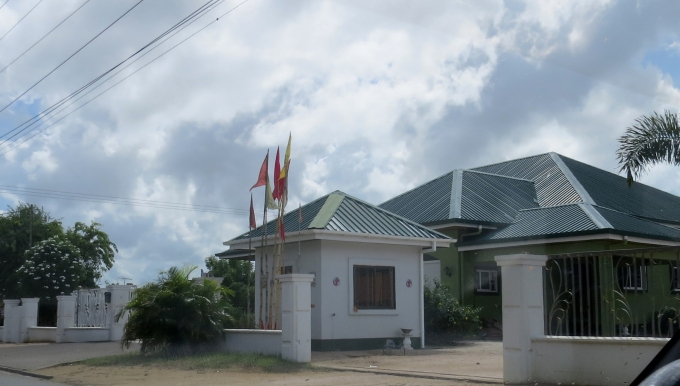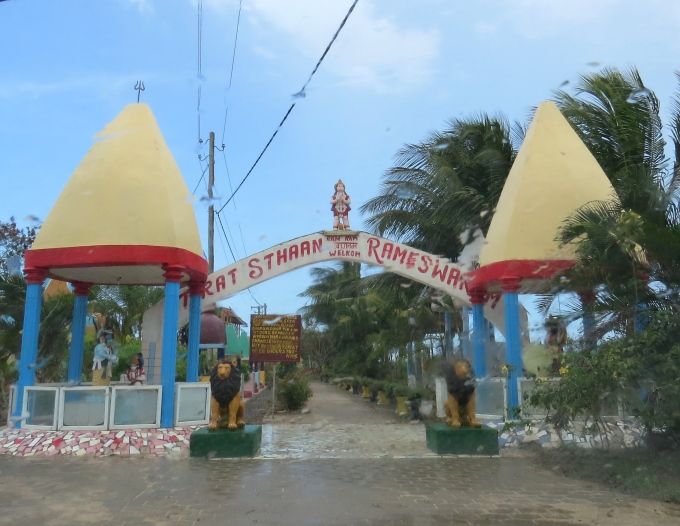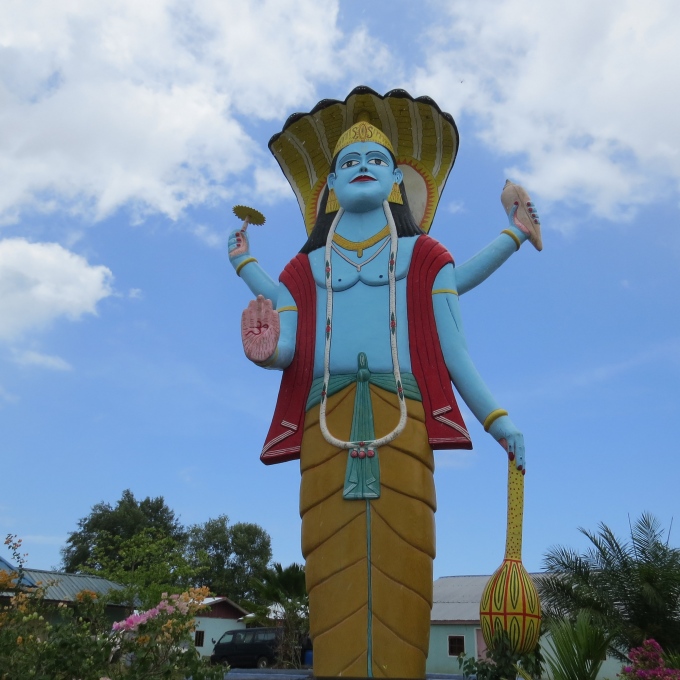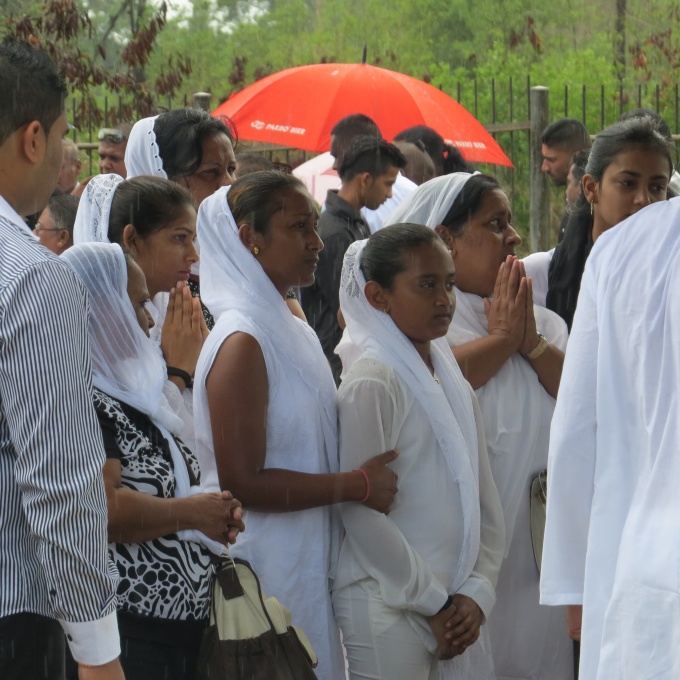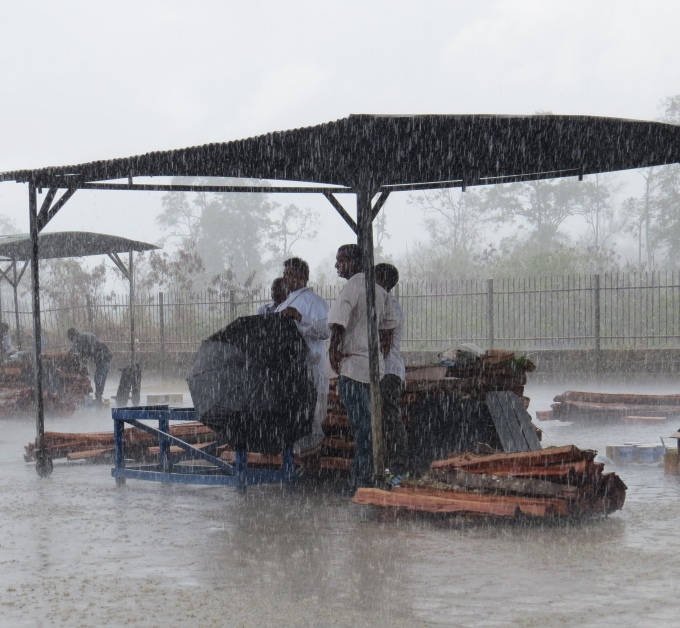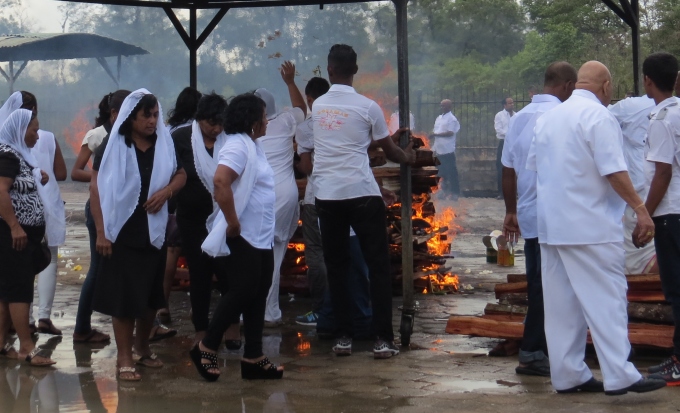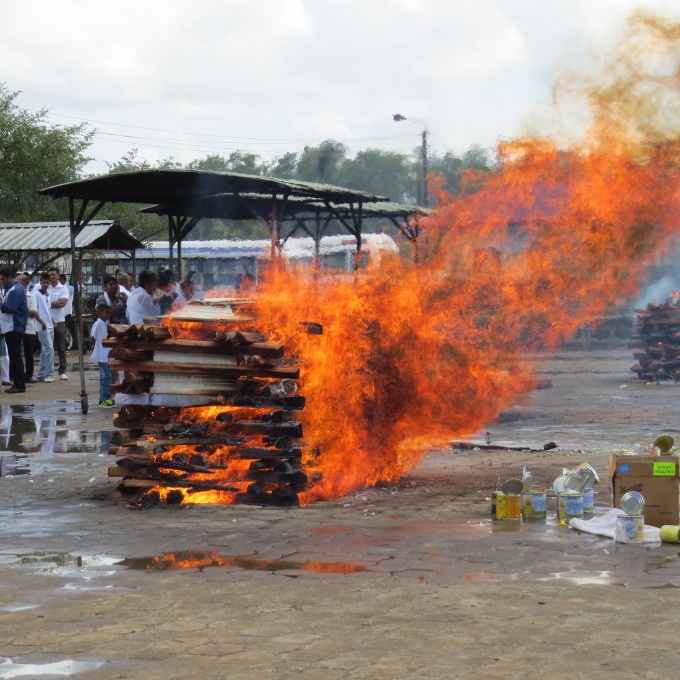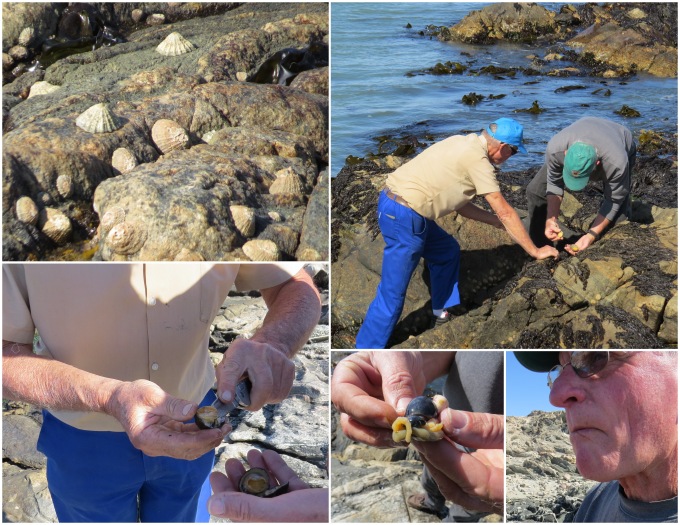A Hindu Cremation at Road to the Sea
/Henri Fernandesweg is the official name of a side street off Kwattaweg, about 15km (10mi) northwest of Paramaribo city. It's popularly called Weg naar Zee, “The Road to the Sea” and it leads to the shores of the Atlantic. It's a popular birding site because it passes through agricultural lands, mudflats and mangroves. We did see herons and sandpipers, but it wasn't the birds we'd come for. The road also leads to a Hindu sanctuary, and nearby, is the oldest open-air cremation site in Suriname.

Births, weddings and deaths are key events in every culture. We had learned from several local sources attending a Hindu cremation was possible. We were interested. Hopefully, this doesn't sound too morbid or ghoulish to you … any more than visiting old graveyards. We read that strangers are welcome at the ceremony and photography is allowed, as some of the mourners would be photographing as well. The only rules … be respectful, stand up when the coffin arrives and do not hinder the proceedings.
The Road to the Sea was the best maintained, smoothest road we had driven on in all of Suriname. We drove past well-maintained homes. Hindu prayer flags mounted on bamboo poles adorned most yards.
We followed the road to the very end and found the Hindu sanctuary. It seemed totally deserted. Perhaps after the recent Diwali celebration (Hindu Festival of Lights), people didn't feel the need for sanctuary. It was spitting rain as we drove through the entrance.
We didn't stay long. We admired the colossal, colorful statues of the many Hindu gods and goddesses.
The grounds were beautifully kept. We could see that on another day, there would probably be many visitors, just not today. We felt as if we were trespassing upon a sacred place and we left.
We weren't sure of the exact location of the cremation site, but we noticed a continuous line of cars heading along another road which might lead to the sea. We followed like sheep. About 2 km away, we knew we were in the right spot. Cars had lined up and were parked on both sides of the road. We parked and once again, followed the crowd. We were told that cremations take place almost every weekday and usually begin at 2pm. It was 1pm as we wandered in the direction of crowd. We could see funeral pyres and then we saw a large covered area with people milling around … mostly dressed in white, the color worn by Hindus for mourning.
A large covered area with wooden benches at one end was filled with people. We saw a white coffin with family and friends crowded around it. Then, we saw two more coffins. Three separate wooden pyres had been constructed in an open area under small protective metal awnings. Men were waiting solemnly beside each. The rain came down in torrents.
Within minutes, men in white bearing one of the coffins, brought it to a cremation site, removed the lid and placed the coffin on the wooden pyre. Mourners followed. Shortly after, another coffin was brought to the second cremation site and finally the third coffin was brought out and laid carefully on its funeral pyre and the lid removed. Family and family led by a Hindu officiant dressed in white, followed and then gathered around.
We rose, bowed our heads and waited for the proceedings to begin. From our vantage point, we watched as large tins of ghee (clarified butter) were poured over the body. The lid was replaced on the coffin and then men carefully stacked wood high around the coffin. The fire was lit. The white-clad, pallbearers, their heads shaven (perhaps acolytes ?), walked around the coffin, stopping to light the pyre at strategic places.
The crowd stayed close. Some threw flower petals...a final farewell to a loved one or friend.
As the flames grew in intensity, the awning was removed and the family withdrew. We could feel the heat from where we stood and hear the sound of the roaring blaze as it devoured the pyre.
All three coffins now stood ablaze. The families had retreated under the large covered area. Food and drink had been set out. There was chatting and talking. Children ran around. In this aspect, not so different from Christian funerals we'd attended.
We didn't understand much of the ritual and wish we had known more, but we found the ceremony to be solemn, respectful, and beautiful. The public, open air aspect of the Hundu cremation with family present seemed very personal. We thought it was a better farewell than the impersonal method with which we are familiar... a mortician delivering the body to a crematorium and collecting an urn of ashes a few days later. We're told that in the Hindu ceremony, the ashes would be gathered the next day by the family and scattered on the sea in a separate ritual. We considered this an unusual cultural experience and felt we were fortunate to be able to witness it.
New word for the day is Hindi – jhandi – prayer flag


